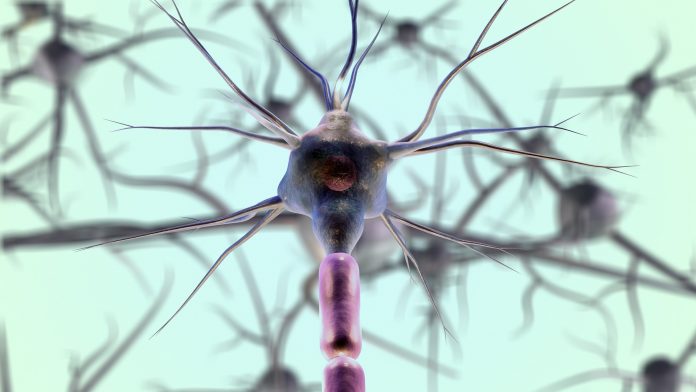Spinal injuries are scary. These injuries reduce a person’s mobility, affecting their quality of life. Unlike other injuries, the nerve tissue that makes up the spinal cord takes a long time to regenerate and sometimes may not regenerate. Additionally, injuries to the spine can cause partial or complete paralysis.
Paralysis happens when the communication network between the brain, spinal cord, and the rest of the body no longer works.1 The loss of communication means that messages to move are not being received.
Thankfully, a new Nature study involving electrical stimulation brings promise for paralysis that may mean people can walk again.1
Treatment for spinal cord injury
Epidural electrical stimulation (EES) uses small electric currents to stimulate nerves.1 The nerves most responsible for walking are in your lumbar spine, also known as the lower back. EES rehabilitation (EES-R) involves implanting a device to replicate the lumbar spine and stimulate the neurons responsible for walking.
This replica of the lumbar spine provides electrical stimulation and structure as a physical support robotic system. The robotic system holds the patient upright and supports them to move around.
To test the EES-R program, nine participants with chronic spinal cord injuries had stimulation four to five times weekly for five months.1 All participants showed a gradual but increased ability to walk and bear weight over time. It appears that receiving electrical stimulation with rehabilitation exercises remodels the spinal cord, at least in mice.
Reorganizing signals to the spinal cord
Researchers identified neuronal cells that are likely responsible for the ability to walk post-spinal injury.1 These “recovery-organizing cells” are interneuron neurons connecting the brain’s signals with the spinal cord.1 Signals from the brain to the spinal cord are needed to tell muscles then what to do – like walking.
Initial testing and analysis of these cells were of genetic sequencing in mice with severe spinal cord injuries.1 Activating these “recovery-organizing cells” produced similar walking recovery in mice as in patients who had received EES-R.1 The researchers found that removing these cells meant regaining walking ability.1
Research in reactivation
The EES-R study is the first to highlight the mechanisms underlying how epidural electrical stimulation optimally promotes recovery after spinal cord injury.1 The study sample size was small, but with the results, it’s clear that more research in reactivating signals and remodeling of spinal cord tissues is needed. However, thanks to the EES-R study, the future for paralysis patients is hopeful.
References
- Kathe, C., Skinnider, M.A., Hutson, T.H. et al. The neurons that restore walking after paralysis. Nature. 2022;611:540-547. https://doi.org/10.1038/s41586-022-05385-7



